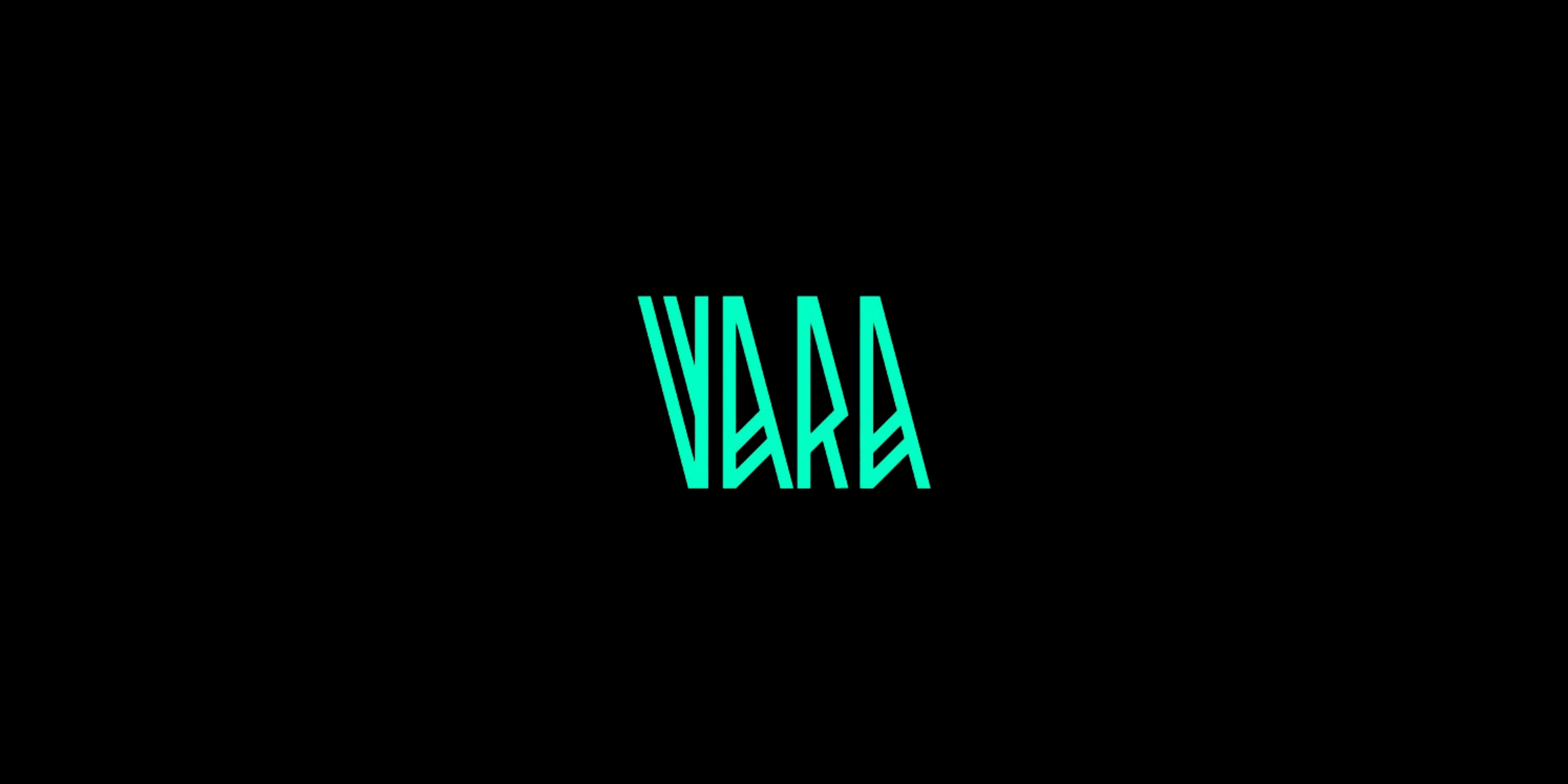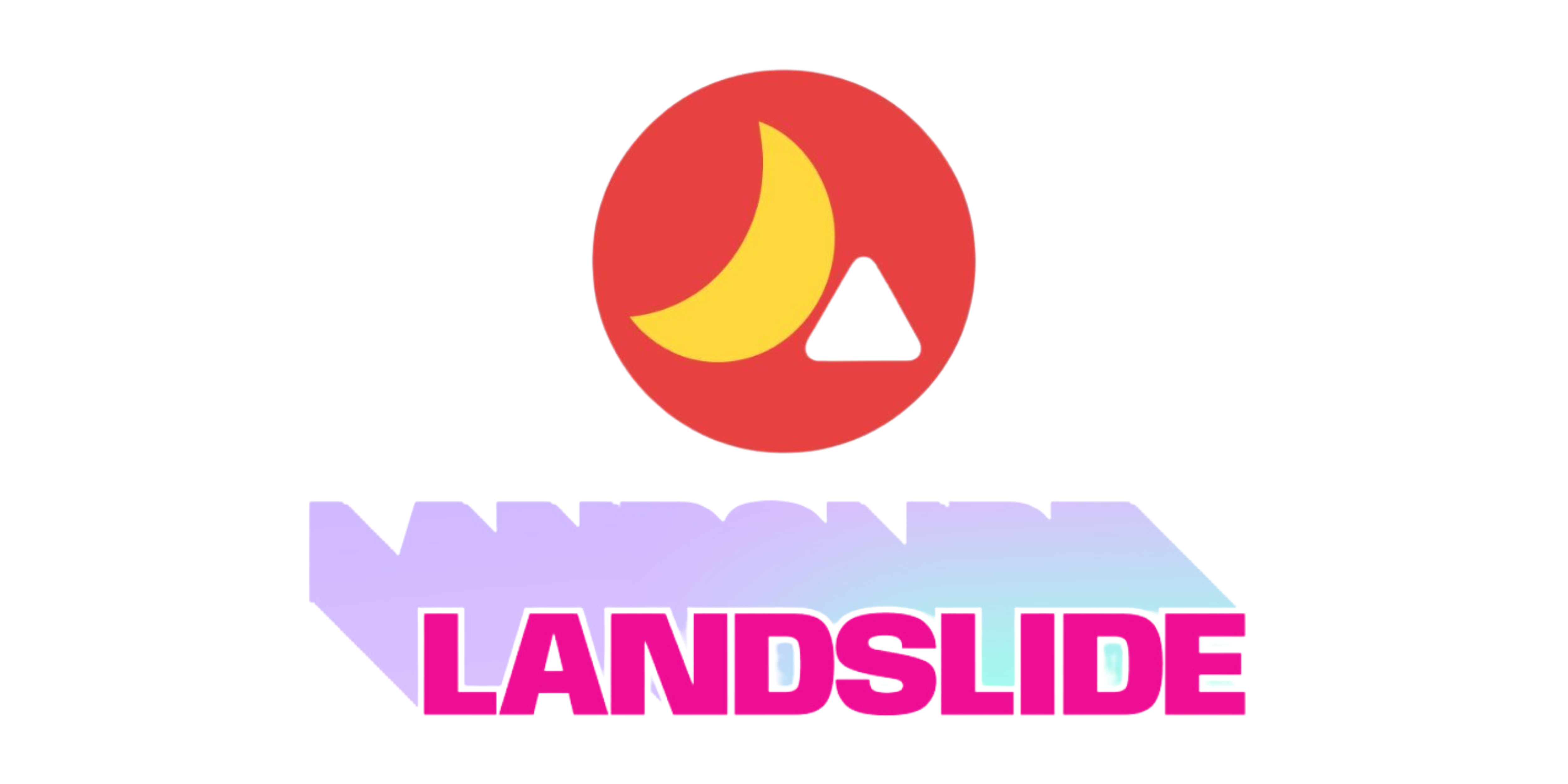Introduction
Vara Network is a layer-1 decentralized blockchain built on the Gear Protocol, a Substrate-based programming platform. It offers a fast, scalable, and non-fork upgradable environment suitable for next-gen gaming, financial applications, and other use cases. Vara Network stands out for its low transaction costs, robust security via a Nominated Proof-of-Stake (NPoS) consensus mechanism, and community-driven governance model using the OpenGov framework. The network is designed to be developer-friendly, supporting the creation of decentralized applications (dApps) without building an entirely new blockchain.
Innovation
Vara Network employs several innovative features:
- Non-Fork Upgradability: Leveraging Substrate, Vara can implement updates and enhancements without requiring forks, ensuring stability and continuity.
- Developer-Friendly Environment: Built on Gear Protocol, Vara supports WebAssembly (Wasm), enabling developers to write smart contracts in familiar languages, bridging the gap between Web2 and Web3.
- Versatile Use Cases: Suitable for various applications, including gaming, DeFi, NFTs, supply chain management, and more.
Architecture
Vara Network‘s architecture is optimized for high performance, supporting applications that require low-latency execution. This makes it ideal for gaming and financial applications where speed and efficiency are critical. The network’s design minimizes transaction costs, making it economically viable for high-frequency use cases.
Code Quality
Gear Protocol: Gear Protocol provides the foundation for Vara Network, enabling rapid dApp development and deployment. It uses the Actor Model for communication, where programs (actors) exchange asynchronous messages, enhancing security and efficiency. The protocol supports WebAssembly (Wasm) for smart contract execution, allowing developers to use typical programming languages and leverage deterministic cross-platform computations.
Substrate Framework: Vara is built on Substrate and benefits from its modular and flexible architecture. The Substrate’s runtime can be updated without forks, which is crucial for maintaining network stability and avoiding disruptions. This framework also allows the incorporation of various runtime modules, enabling customization and optimization for specific use cases.
Product Roadmap
Vara Network’s roadmap includes:
- Continued Development and Optimization: Improve scalability, security, and efficiency.
- Expansion of Use Cases: Further development to support a broader range of applications, including gaming, DeFi, supply chain management, and more.
- Community Engagement and Governance: Enhancements to the OpenGov framework to increase community participation and decision-making.
- Developer Incentives: The implementation of reward mechanisms to incentivize dApp developers is subject to thorough testing and governance approval.
Usability
Vara Network’s design emphasizes usability:
- Low Transaction Costs: Transactions on Vara are designed to be cost-effective, making them attractive for dApp developers and users.
- Developer Ecosystem and WebAssembly (Wasm): By supporting WebAssembly (Wasm), Vara lowers the entry barrier for developers transitioning from Web2 to Web3. Wasm allows developers to write smart contracts in familiar languages, facilitating more accessible and faster dApp development.
Vara Network Team
The team behind Vara Network comprises experienced blockchain developers, engineers, and community managers. Their collective expertise ensures the network is built with a strong focus on security, scalability, and user-centric design.
Conclusion
Vara Network, built on the Gear Protocol and Substrate framework, presents a robust, scalable, and versatile environment for next-generation decentralized applications. Its technical architecture, low transaction costs, efficient consensus mechanisms, and community-driven governance make it a promising platform for developers and users alike. The network’s ability to support a wide range of use cases, from gaming to DeFi to supply chain management, underscores its potential to drive the future of Web3 technologies.
| Initial Screening | |||
| Keep researching | |||
| Does this project need to use blockchain technology? | Yes | ||
| Can this project be realized? | Yes | ||
| Is there a viable use case for this project? | Yes | ||
| Is the project protected from commonly known attacks? | Yes | ||
| Are there no careless errors in the whitepaper? | Yes | ||
| Project Technology Score | |||
| Description | Scorecard | ||
| Innovation (Out Of 11) | 10 | ||
| How have similar projects performed? | Good | 2 | |
| Are there too many innovations? | Medium | 1 | |
| Percentage of crypto users that will use the project? | Over 11% | 5 | |
| Is the project unique? | Yes | 2 | |
| Architecture (Out of 12) | 10 | ||
| Overall feeling after reading whitepaper? | Medium | 1 | |
| Resistance to possible attacks? | Good | 2 | |
| Complexity of the architecture? | Not Too complex | 2 | |
| Time taken to understand the architecture? | 20-50 min | 1 | |
| Overall feeling about the architecture after deeper research? | Good | 4 | |
| Has the project been hacked ? | No | 0 | |
| Code Quality (out of 15) | 14 | ||
| Is the project open source? | Yes | 2 | |
| Does the project use good code like C,C++, Rust, Erlang, Ruby, etc? | Yes | 2 | |
| Could the project use better programming languages? | No | 0 | |
| Github number of lines? | More than 10K | 1 | |
| Github commits per month? | More than 10 | 2 | |
| What is the quality of the code? | Good | 2 | |
| How well is the code commented? | Outstanding | 2 | |
| Overall quality of the test coverage? | Good | 1 | |
| Overall quality of the maintainability index? | Outstanding | 2 | |
| When Mainnet (out of 5) | 5 | ||
| When does the mainnet come out? | Mainnet ready | 5 | |
| Usability for Infrastructure Projects (out of 5) | 5 | ||
| Is it easy to use for the end customer? | Yes | 5 | |
| Team (out of 7) | 5 | ||
| Number of active developers? | 5+ | 2 | |
| Developers average Git Background? | Intermediate | 1 | |
| Developers coding style? | Solid | 2 | |
| Total Score (out of 55) | 49 | ||
| Percentage Score | |||
| Innovation | 18.18% | ||
| Architecture | 18.18% | ||
| Code Quality | 25.45% | ||
| Mainnet | 9.09% | ||
| Usability | 9.09% | ||
| Team | 9.09% | ||
| Total | 89.09% |





